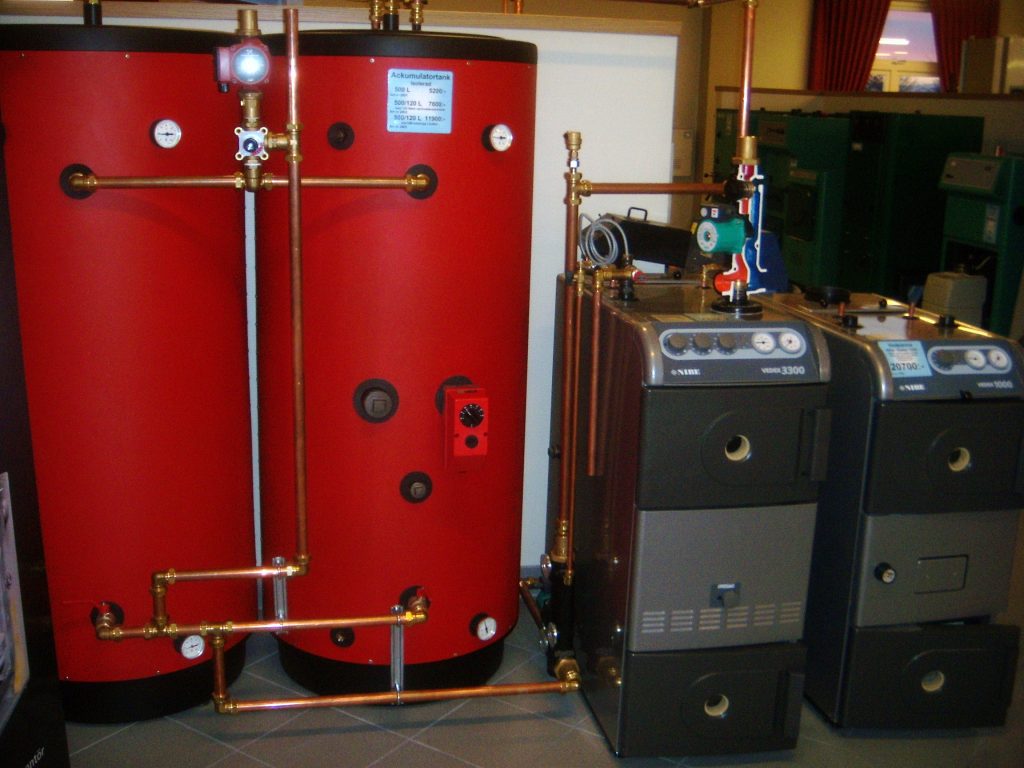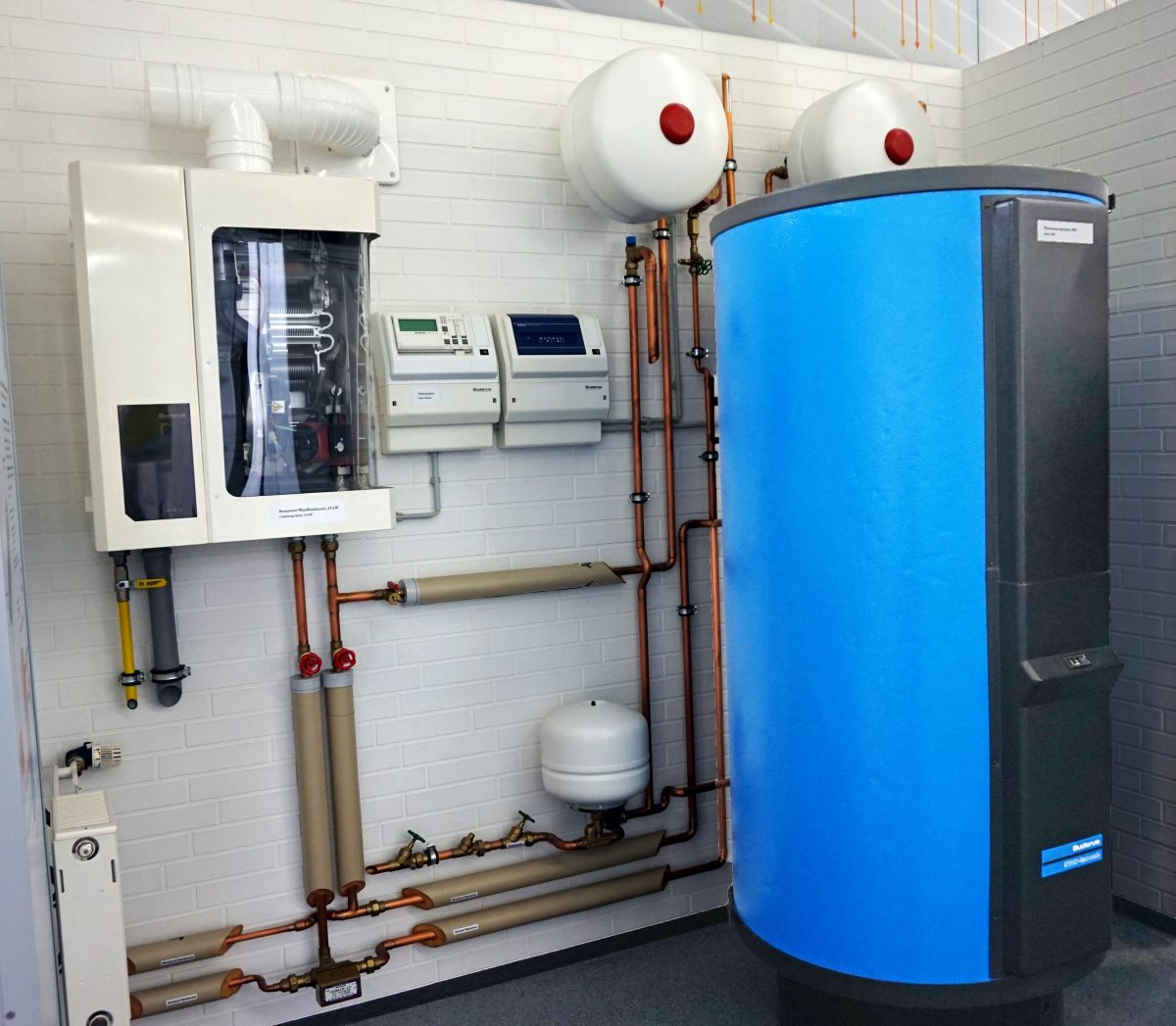Which Heating System Is Right for You
Heating is the primary energy expense of a house. Heating systems are numerous and depend on permanent or occasional needs. There are two principles for heating: individual heating and central heating.
Concerning the individual appliance or the heater, many possibilities are offered to you within particular heaters more and more powerful on the economic and ecological plan. In this article, you will discover 4 possibilities to heat your home from a choice of energy including gas, electricity, oil, and wood.
1. Individual heating: a backup solution

Individual heating relies on independent devices that can heat each room of the house differently. Electric radiators, log stoves, oil stoves, etc., are often used as a backup in well-insulated homes.
Electric heaters are easy to install, and the latest generation of heaters promise comfort equal to that of central heating with the electric radiant panels emitting harmonious heat.
Let’s have a look at some individual heating systems in this context. Wood-burning stoves offer a warm view of the flames. They have a good performance, especially if they are double-burning, but it is necessary to reload them regularly, and installing a smoke evacuation duct becomes essential. Oil stoves are more petite and less popular because they require the installation of a tank nearby. Kerosene stoves last for about 12 hours, but they tend to give off an odour when lit and when turned off. To fuel them, choose aromatic-free oil.
2. Maximum comfort with central heating
Central heating consists of a heat generator (heater), connected by pipes to emitters such as radiators or underfloor heating, ensuring equal comfort in all house rooms.
Typically, a circulation pump allows the transport of water through the pipes regularly, and the heater can operate with different conventional or renewable energy or both. This installation also allows the house to supply domestic hot water, either instantaneously or via a storage tank. The investment is undoubtedly a little heavy at the beginning. Still, in the long term, central heating offers great comfort provided that it is regularly maintained by a professional.
3. The low-temperature heater saves energy
While conventional heaters need to produce a high temperature to heat water (65 to 90 °C), low-temperature heaters are satisfied with water heated to 50 °C, saving up to 20%. Although low-temperature heaters can be connected to any hot water radiators, they are even more efficient if connected to soft heat radiators or hydraulic floor heating. The low-temperature heater is more expensive to buy than a conventional heater, but this investment is quickly recouped by the energy savings achieved.
4. The condensing heater, more efficient with natural gas
The operating principle of the condensing heater is to recover the water vapour contained in the combustion gases. The flue gases pass through a condenser exchanger where the return water circulates. The calories are transferred to the central heating circuit through a specific conduit. This continuous recycling allows savings of 15 to 20% compared to a conventional heater. But the condensing heater is even more efficient with natural gas because oil has a lower water vapour content during combustion. If you also want to heat your domestic hot water, choose a condensing heater with dual service. The condensing heater can work with old cast iron radiators, but the best performance is achieved with soft heat radiators or hydraulic floor heating systems operating at low temperatures.
You now have a choice of 4 heaters to suit your needs. We will tell you more about 6 other solutions for your heating in our next edition. Stay tuned, and don’t forget to leave us your comments.

